The Bus Service Enhancement Programme, or BSEP for short, was launched on 7th March 2012. The Land Transport Authority (LTA), in partnership with Public Transport Operators (PTOs) SBS Transit and SMRT, rolled out new measures to significantly increase bus capacity and bus service levels. The BSEP was a continuation of the Quarterly Review of Bus Services which was initiated in June 2010.
The BSEP covered the purchase of 1000 new buses and 80 new bus services progressively introduced between 2012 and 2017. The first phase of the BSEP (comprising of 550 new buses and 40 new services) was projected to cost $1.1 billion and eventually brought forward to end 2014. Additionally, in March 2014, an expansion of the BSEP was announced, introducing 450 more buses from 2015 to 2017. This brought the total number of government-funded buses to 1,000, and increased available resources for a new total of 80 new services. Most of the 40 expanded BSEP bus routes were feeder or short trunk services to serve developing areas such as Sengkang, Punggol, Yishun and Choa Chu Kang.
With the full implementation of the expanded BSEP in 2017, the total capacity of the bus system increased by about 1,000 buses in just five years since the start of BSEP in 2012. 80 new BSEP bus services were introduced and 218 unique bus routes received improvements. In addition, there was a 95% reduction in bus services which experienced overcrowding during the peak periods. Resources procured under the BSEP were also carried over to the Bus Contracting Model (BCM), which superseded the BSEP as part of the Government’s efforts to restrucure the Singapore bus industry.
Introduction
In summary, the BSEP aimed to cover a few areas to improve the bus system:
- Better bus services for commuters
- Better connectivity with new bus services
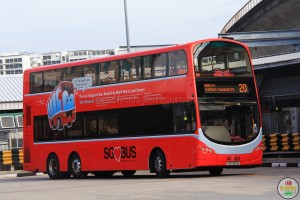
Volvo B9TL purchased under BSEP, with Bright Red Livery under the “Colour Your Buses” campaign.
1. Purchase of new buses
Under the revised BSEP, the Government provided funding for 550 new buses. Together with the 250 buses that the PTOs added to the fleet at their cos from 2012 to 2017, these 800 new buses amounted to a 20% increase in the public bus fleet. Out of 550 buses, roughly 300 were used to improve existing bus routes, and the remaining 250 used for operating new routes. However, the announcement of the expanded BSEP brought in 450 additional buses for a new total of 1,000 new buses. Buses purchased under the BSEP include Volvo B9TLs and Mercedes-Benz Citaros for SBS Transit, as well as Alexander Dennis Enviro 500 and MAN NL323Fs for SMRT Buses.
2. Improvement of peak hour travel
Under the BSEP, 95% of feeder bus services were to operate at scheduled intervals of 10 minutes or less during the peak periods. The remaining 5% were scheduled to run at 15-minute intervals. This would be sustained over 2 hours during both the morning and evening peak periods. Before the BSEP, only 9 in 10 (90%) of feeder bus services were required to operate at 10 minute scheduled intervals or better, and for only 1 hour during each peak period. The PTOs were also required to improve bus frequencies across the board, i.e. feeders and trunk routes, during the peak periods.
Previously, all services had to operate within 30-minute scheduled intervals, of which 80% must be within 10-minute scheduled intervals. As part of improved BSEP requirements, all services had to operate within 20-minute scheduled intervals, of which 80% must be within 10-minute intervals and another 10% within 12-minute intervals.
In Summary:
Basic Bus Services:
- Existing QoS: Loading levels within 95% of licensed capacity
- By end 2014: Loading levels within 85% of licensed capacity
- Existing QoS: 80% of all basic bus services to run at scheduled intervals of 10 minutes or less during peak periods
- By end 2014: 90% of all basic bus services to run at scheduled intervals of 12 minutes or less during peak periods,
Feeder Bus Services:
- Existing QoS: 90% of services to operate at scheduled intervals of 10 minutes or less during peak periods (currently over 1-hour period)
- By end 2014: 95% of services to operate at scheduled intervals of 10 minutes or less over entire 2-hour peak-hour period
All Bus Services:
- Existing QoS: maximum 30 minute scheduled intervals during peak hours
- By end 2014: maximum 20 minute scheduled intervals during peak hours
3. Improvements to Existing Bus Services
The revised BSEP adds part of the 1000 new buses to existing bus services which are in need of capacity upgrades. Most bus routes receive between one and three additional buses. The existing bus services exclude bus services launched under BSEP.
4. New Bus Services
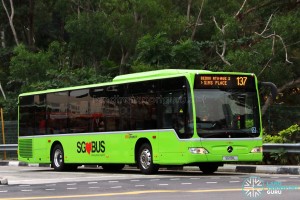
While the focus in the initial years was to improve bus service levels for existing bus services, better connectivity in the bus network was delivered through 80 new bus routes introduced progressively over the next 5 years. This is a 30% increase, up from the 261 basic bus routes before the BSEP was started.
Out of the 80 new bus routes, 22 of these were parallel bus routes that connected major HDB towns to the city area, making use of the expressways. Operating during the peak hours, these City Direct Services provided more options to commuters using stretches of the existing rail lines that experience persistent high ridership, while the ongoing rail enhancement measures are being implemented. In response to demand levels, several of these routes had extra trips added.
Besides improvements to public bus operators, the scheme also extends to private bus operators, as part of efforts to augment the resources of PTOs while excess capacity was slowly being built up. City Direct Services and Peak Period Short Services (PPSS) are among such initiatives and are explained in detail in the relevant articles.
4A. City Direct Services
These express bus routes operate one-way trips between residential estates and the Central Business District (CBD) during weekday peak hours. These services are operated by private bus operators using coaches, which provide commuters with a direct and comfortable bus ride between home and work. With limited stops and the use of expressways, commuters using these services would have comparable journey time to taking a feeder bus service or an LRT service to the nearest MRT station and transferring to the rail network towards the city.
Several City Direct routes were transferred to Public Bus Operators since April 2017, taking over private bus operators upon the expiry of their two-year contract terms.
4B. Peak Period Short Services
These supplementary bus routes duplicated existing feeder bus routes, plying between MRT stations and/or bus interchanges and residential estates. Operated by private bus operators, they were introduced to alleviate crowding, reduce waiting times and improve reliability during peak hours. Upon the expiry of their contracts, all Peak Period Short Services were integrated with the incumbent PTOs routes, replaced by either Short Trip Services or additional trips operated by the parent feeder service.
5. BSEP Buses
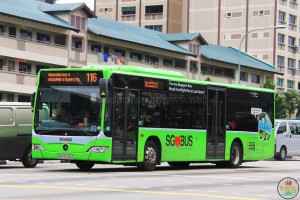
Buses acquired under the BSEP scheme have special registration numbers to distinguish them from the non-BSEP buses of similar models. They have similar specifications, however, BSEP buses come equipped with passenger counters among other equipment, and can be directly monitored by LTA.
In preparation for the transition to the Bus Contracting Model (BCM), from late 2015 onwards, most BSEP Buses have been registered under the “SG” prefix. This is due to the BCM also comprising of BSEP buses.
- Mercedes-Benz Citaros: allocated to SBS Transit
- Volvo B9TL Wright: allocated to SBS Transit
- MAN A22s: allocated to SMRT
- Alexander Dennis Enviro500: allocated to SMRT
6. Timeline of BSEP introduction:
- 07 Mar 2012: The BSEP scheme is announced
- Jul – Sep 2012: PTOs add 190 more weekly trips for 30 services during peak hours
- 21 Oct 2012: First BSEP bus route launched (Service 860)
- Mar 2014: Expansion of BSEP announced
- 09 Dec 2017: Last BSEP route launched (Service 71)
For intermediate dates (e.g. contract awards for City Direct and Peak Period Short Service routes), check the individual articles for more information.
7. Chronology of BSEP introduction:
Do note that new bus services (including City Direct services) and route extension to existing bus services count as BSEP services. Services not under the BSEP tally are supplementary services, such as Peak Period Short Services and others which duplicate sections of trunk routes.
8. BSEP Bus Hangers:
To promote amendments to bus services, the Land Transport Authority printed BSEP Bus Hangers and distributed them to various bus services plying in the vicinity of the area benefited by the new BSEP Bus Service. This would later be discontinued.

9. Gallery:
Do check out our other bus articles by clicking here.
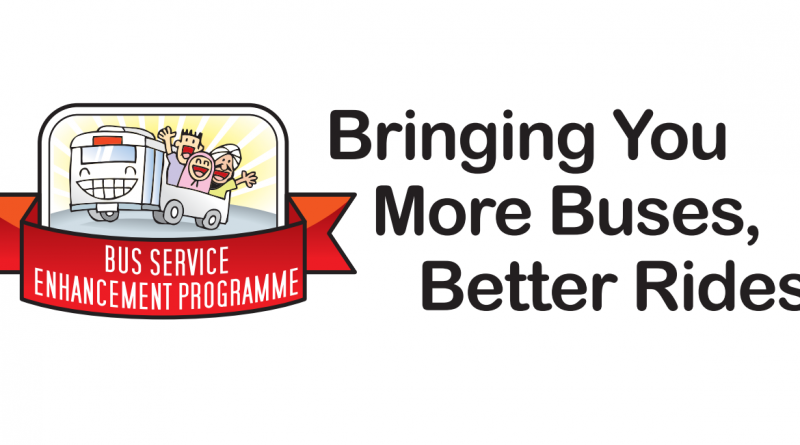
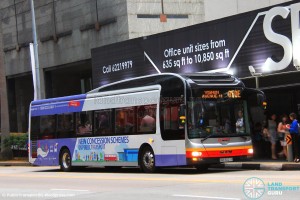
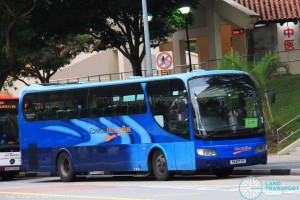
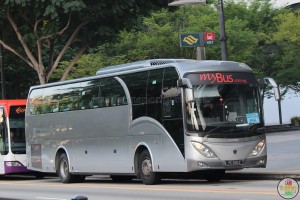
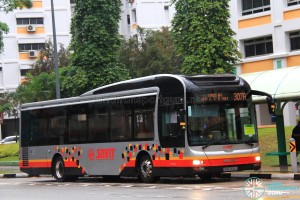

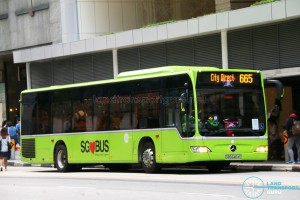
Js realised 973 wasn’t introduced as part of BCM
There is a need for a new service from Woodlands looping at Woodlands North Rd(MRT) beside suppliment 856.
Staying in Pasir Ris Elias, going to work at 33 Tuas bay drive
any solution for me? thank if there is.
Which SG plated buses are BSEP buses? I cant figure out which buses make up to the magic figure of 1000 BSEP buses
BSEP buses are typically referred to as Government funded buses.These buses bear the More Buses Better Rides Poster on the exterior
What time does the 7.50am bus reach anson road?